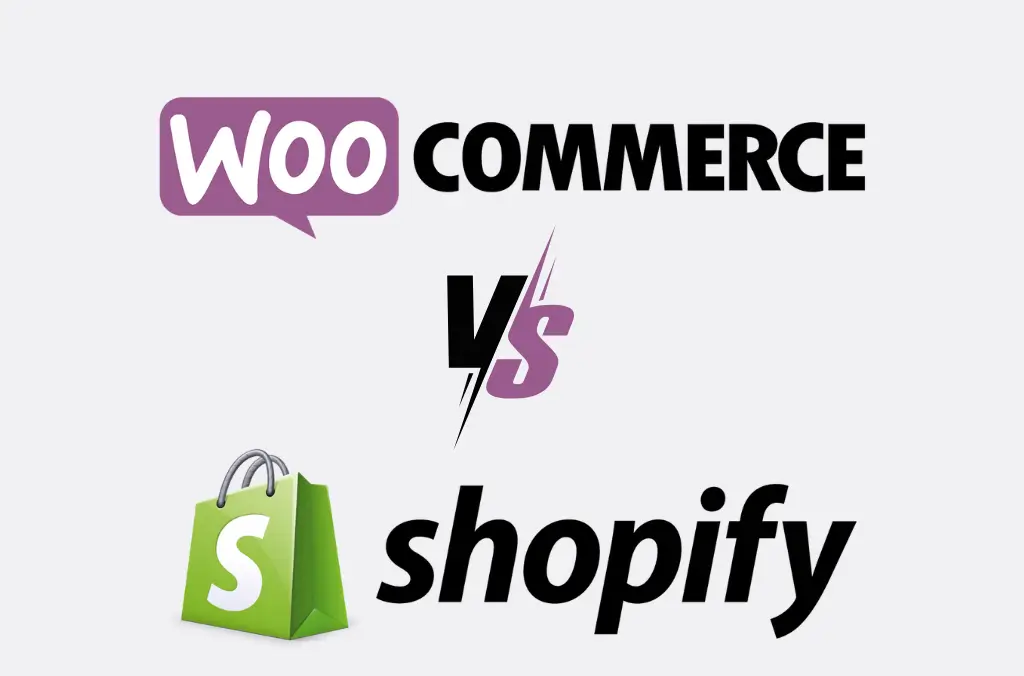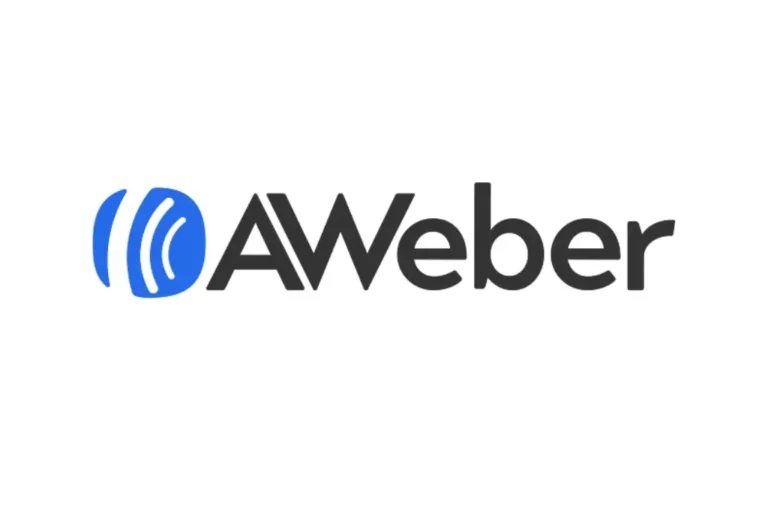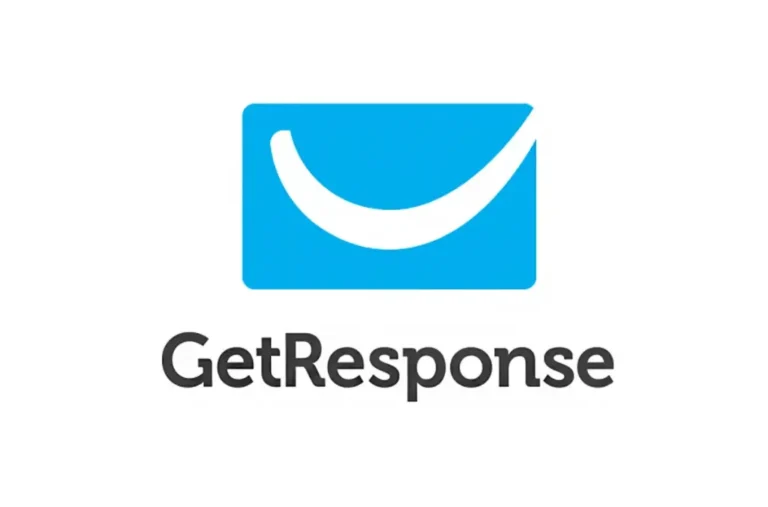Shopify vs WooCommerce represents the most critical platform decision for online entrepreneurs in 2024. This comprehensive Shopify vs WooCommerce comparison will determine which platform suits your business needs best.
Table of Content
Table of Contents
Key Takeaways at a Glance
Shopify vs WooCommerce analysis shows distinct advantages: Shopify excels in ease-of-use and all-in-one convenience, making it ideal for beginners and businesses wanting to launch quickly. WooCommerce offers unparalleled flexibility and customization for those comfortable with WordPress. This comprehensive Shopify vs WooCommerce guide breaks down pricing, features, SEO capabilities, and more to help you make the right choice for your specific business needs.
Introduction: The E-commerce Platform Dilemma
The Shopify vs WooCommerce decision is one of the most critical choices you’ll make as an online entrepreneur. With over 4.2 million e-commerce websites powered by these platforms combined, the Shopify vs WooCommerce choice will fundamentally shape your business operations, growth potential, and daily workflow.
In this Shopify vs WooCommerce showdown, Shopify is a fully-hosted, subscription-based e-commerce solution that handles everything from hosting to security updates. WooCommerce is a free WordPress plugin that transforms your WordPress site into a fully functional online store.
This data-driven Shopify vs WooCommerce comparison will examine every aspect of both platforms, helping you determine which is better Shopify or WooCommerce for your specific situation.
Ease of Use & Learning Curve
Shopify: Plug-and-Play Simplicity
Shopify‘s setup process is generally faster for non-technical users. The platform offers a streamlined onboarding experience that can have you selling within hours:
- Setup time: 15-30 minutes for basic configuration
- Technical skills required: None
- Dashboard: Intuitive, clean interface with guided tutorials
- Learning curve: Minimal – most users become proficient within days
Key advantages:
- One-click app installations
- Built-in hosting and security
- Automatic updates
- Mobile-responsive admin panel
WooCommerce: Flexibility with Complexity
WooCommerce requires more technical knowledge but offers greater control:
- Setup time: 2-8 hours depending on customization
- Technical skills required: Basic WordPress knowledge helpful
- Dashboard: WordPress-based, can feel overwhelming initially
- Learning curve: Steeper – requires understanding of plugins, themes, and hosting
Key considerations:
- Requires separate hosting setup
- Manual security and update management
- More configuration options can be overwhelming
Verdict: Shopify wins for ease of use
For entrepreneurs wanting to focus on selling rather than technical setup, Shopify’s plug-and-play approach is unmatched.
Design & Customization
Theme Quality and Variety
| Feature | Shopify | WooCommerce |
|---|---|---|
| Free Themes | 12 professional themes | 100+ themes (varying quality) |
| Premium Themes | 100+ ($150-$350) | Thousands ($20-$200) |
| Mobile Responsiveness | All themes guaranteed responsive | Varies by theme |
| Customization Tools | Built-in theme editor + drag-and-drop | Requires page builders or coding |
Customization Capabilities
Shopify:
- Theme customizer with live preview
- Shopify CLI for advanced developers
- Liquid templating language
- App-based functionality extensions
WooCommerce:
- Full access to PHP, CSS, and HTML
- Compatible with any WordPress theme
- Unlimited customization potential
- Requires technical expertise or developer
Verdict: WooCommerce wins for unlimited customization, Shopify wins for user-friendly design tools
Features & Functionality
Core E-commerce Features Comparison
| Feature | Shopify | WooCommerce |
|---|---|---|
| Product Management | Advanced, built-in | Basic, extendable via plugins |
| Inventory Tracking | Multi-location, automatic | Plugin-dependent |
| Order Management | Comprehensive dashboard | WordPress-based interface |
| Abandoned Cart Recovery | Built-in (paid plans) | Requires plugins |
| Multi-channel Selling | Facebook, Instagram, Amazon, eBay | Plugin-dependent |
| POS System | Native Shopify POS | Third-party solutions |
| Subscription Management | Via apps | Via plugins |
| Digital Downloads | Built-in | Plugin required |
App Ecosystem vs Plugin Library
Shopify App Store:
- 8,000+ vetted applications
- Average app cost: $5-$50/month
- Guaranteed compatibility
- One-click installation
- Regular security updates
WooCommerce Plugin Library:
- 50,000+ WordPress plugins
- Many free options available
- Variable quality and compatibility
- Manual compatibility checking required
- Security depends on plugin developer
Verdict: Shopify wins for out-of-the-box functionality and reliability
Pricing & True Cost Analysis
Understanding the Shopify vs WooCommerce pricing requires examining total cost of ownership, not just initial fees. This Shopify vs WooCommerce pricing analysis reveals the true costs of each platform.
Shopify Pricing Structure
| Plan | Monthly Cost | Transaction Fee | Key Features |
|---|---|---|---|
| Basic | $39 | 2.9% + 30¢ | Essential features |
| Shopify | $105 | 2.6% + 30¢ | Professional reports |
| Advanced | $399 | 2.4% + 30¢ | Advanced analytics |
Additional Shopify Costs:
- Premium themes: $150-$350 (one-time)
- Apps: $0-$500+/month depending on needs
- Custom development: $50-$200/hour
WooCommerce True Cost Breakdown
Initial costs:
- WooCommerce plugin: Free
- WordPress hosting: $10-$100+/month
- Domain name: $10-$15/year
- SSL certificate: $0-$100/year
- Premium theme: $50-$200
Ongoing costs:
- Hosting and maintenance: $20-$500+/month
- Premium plugins: $50-$500+/year
- Developer support: $50-$150/hour
- Security and backups: $10-$50/month
Real-World Cost Examples:
Small Business (0-1000 orders/month):
- Shopify: $105-$150/month
- WooCommerce: $50-$200/month
Growing Business (1000-5000 orders/month):
- Shopify: $200-$500/month
- WooCommerce: $150-$800/month
Read : Shopify vs Spocket: Which is the Best Choice for Your Online Store in 2025
Verdict: WooCommerce can be cheaper initially, but Shopify offers more predictable costs and better value for growing businesses
Payment Gateways
Shopify Payment Options
Shopify Payments (powered by Stripe):
- Integrated solution with no additional transaction fees
- Supports 17 currencies
- Built-in fraud protection
- Automatic tax calculations
Third-party gateways:
- PayPal, Square, Authorize.net
- Additional 0.5-2% transaction fee
- Over 100 payment gateways supported
WooCommerce Payment Flexibility
- No additional transaction fees beyond gateway rates
- Unlimited payment options via plugins
- Direct relationships with payment processors
- Better for international businesses with specific gateway requirements
Verdict: WooCommerce wins for payment flexibility, Shopify wins for simplicity
SEO Capabilities
Shopify SEO Features
Built-in SEO tools:
- Automatic sitemap generation
- Customizable title tags and meta descriptions
- Clean URL structure
- Mobile-first indexing ready
- Built-in blogging platform
- Structured data markup
SEO limitations:
- Limited blog functionality
- Cannot edit robots.txt directly
- Checkout page customization restrictions
Start your website for free, then enjoy the 3 months for $1
WooCommerce SEO Advantages
WordPress SEO power:
- Full control over all SEO elements
- Advanced plugins like Yoast SEO
- Superior blogging capabilities
- Unlimited content marketing opportunities
- Complete technical SEO control
Potential SEO challenges:
- Requires plugin management
- Performance optimization needed
- Technical SEO knowledge helpful
Verdict: WooCommerce wins for advanced SEO, Shopify provides solid SEO with less effort
Scalability & Performance
Shopify’s Managed Infrastructure
Performance advantages:
- 99.98% uptime guarantee
- Global CDN included
- Automatic scaling during traffic spikes
- Level 1 PCI compliance
- Handles millions of visitors without additional configuration
Growth support:
- Shopify Plus for enterprise (starts at $2,000/month)
- Advanced API rate limits
- Dedicated success manager
- Custom checkout experiences
WooCommerce Scalability Considerations
Performance depends on:
- Hosting provider quality
- Server configuration
- Plugin optimization
- Caching implementation
- Database optimization
Scaling challenges:
- Manual performance optimization required
- Hosting upgrades needed for traffic growth
- Plugin conflicts can impact performance
- Security management complexity increases
Verdict: Shopify wins for hassle-free scaling
Support & Community
Shopify Support Excellence
24/7 support channels:
- Live chat (average response: 2 minutes)
- Phone support in multiple languages
- Email support
- Comprehensive help center
- Video tutorials and webinars
Community resources:
- Shopify Academy (free courses)
- Partner ecosystem
- Developer documentation
- Community forums
WooCommerce Support Structure
Support options:
- WordPress.org community forums
- WooCommerce documentation
- Third-party tutorials and courses
- Developer community
Support limitations:
- No official customer support
- Plugin-specific support varies
- Self-reliance required for troubleshooting
Verdict: Shopify wins with professional, dedicated support
Security
Shopify Security Management
Included security features:
- Level 1 PCI DSS compliance
- Automatic security updates
- SSL certificates included
- Fraud analysis tools
- Data backup and recovery
- DDoS protection
WooCommerce Security Requirements
Security responsibilities:
- Manual WordPress and plugin updates
- SSL certificate purchase and installation
- PCI compliance management
- Security plugin implementation
- Regular backup management
- Malware scanning and removal
Verdict: Shopify wins with comprehensive, managed security
Integrations
Marketing & Business Tool Integrations
Shopify’s ecosystem:
- 8,000+ app integrations
- Native integrations with major platforms:
- Mailchimp, Klaviyo, Omnisend
- QuickBooks, Xero
- ShipStation, Printful
- Google Analytics, Facebook Pixel
WooCommerce integrations:
- Thousands of WordPress plugins
- API-based integrations
- Custom integration possibilities
- Popular connections:
- WooCommerce plugins for major services
- WordPress plugin ecosystem
- Custom API development options
Verdict: Both platforms offer extensive integrations, Shopify with more e-commerce focus
Read : Start Your Shopify Store 2025: The Complete Step-by-Step Guide
Specific Use Cases: Which Platform Wins?
Best for Beginners
🏆 Winner: Shopify
- Minimal learning curve
- Built-in tutorials and guidance
- Professional templates included
- 24/7 support availability
Best for Dropshipping
🏆 Winner: Shopify
- Native Oberlo integration (now DSers)
- Automated inventory management
- Built-in fulfillment tools
- Streamlined supplier connections
Best for Digital Products
🏆 Winner: Tie
- Shopify: Built-in digital delivery
- WooCommerce: Extensive plugin options
Best for Subscription Businesses
🏆 Winner: Shopify
- Shopify Subscriptions app
- Native recurring billing
- Customer portal included
- Dunning management
Best for Large Inventories
🏆 Winner: WooCommerce
- No product limits
- Advanced filtering options
- Custom product types
- Bulk management tools
Best for SEO-Focused Businesses
🏆 Winner: WooCommerce
- Superior blogging capabilities
- Complete SEO control
- Advanced content marketing tools
- Technical SEO flexibility
Best for Budget-Conscious Startups
🏆 Winner: WooCommerce (initially)
- Lower upfront costs
- Free core functionality
- Pay-as-you-grow model
Best for Developers/Custom Solutions
🏆 Winner: WooCommerce
- Complete code access
- Unlimited customization
- Custom functionality development
- Open-source flexibility
Who is Shopify Best For?
Shopify excels for:
• First-time entrepreneurs wanting to launch quickly
• Busy business owners who prefer managed solutions
• Growing businesses needing reliable scalability
• Multi-channel sellers requiring integrated sales channels
• Subscription-based businesses needing recurring billing
• International sellers wanting built-in global features
• Mobile-first businesses requiring responsive design
• Dropshipping ventures needing supplier integrations
Read : Start Your Shopify Store 2025: The Complete Step-by-Step Guide
Who is WooCommerce Best For?
WooCommerce works best for:
• WordPress enthusiasts comfortable with the platform
• Budget-conscious startups with technical skills
• Content marketers requiring advanced blogging
• Highly customized stores needing unique functionality
• Large catalogs without product restrictions
• Developers building custom solutions
• SEO-focused businesses wanting complete control
• Businesses with existing WordPress sites
Migration Considerations
Switching from WooCommerce to Shopify
Why switch from WooCommerce to Shopify?
- Reduced maintenance burden – No more hosting, security, or update management
- Better performance – Guaranteed uptime and global CDN
- Professional support – 24/7 assistance when issues arise
- Integrated features – Built-in tools reduce plugin dependencies
- Predictable costs – Easier budgeting and financial planning
- Mobile optimization – Superior mobile commerce experience
Migration tools available:
- Cart2Cart migration service
- LitExtension migration tool
- Manual CSV import/export
- Professional migration services
Start your website for free, then enjoy the 3 months for $1
Frequently Asked Questions
Can I migrate from Shopify to WooCommerce and vice-versa?
Yes, migration is possible in both directions. Shopify to WooCommerce migrations are typically more complex due to Shopify’s proprietary structure, while WooCommerce to Shopify migrations are often smoother with available migration tools.
Is WooCommerce really free?
WooCommerce plugin is free, but you’ll need WordPress hosting, domain name, SSL certificate, and potentially premium themes or plugins. True costs range from $50-$500+ monthly depending on your needs.
Which platform has better themes?
Shopify themes are professionally designed, mobile-responsive, and guaranteed to work properly. WooCommerce has more theme options but quality varies significantly.
Can I use my own domain with both platforms?
Yes, both platforms support custom domains. Shopify includes free SSL certificates, while WooCommerce requires separate SSL purchase or hosting provider inclusion.
Which platform is better for international selling?
Shopify offers better built-in international features including multi-currency, tax calculations, and shipping rates. WooCommerce requires plugins for similar functionality.
Conclusion: Making Your Platform Decision
After analyzing every aspect of Shopify vs WooCommerce, here are the key takeaways from this comprehensive Shopify vs WooCommerce comparison:
Choose Shopify if you want:
- Quick setup and launch
- Professional, ongoing support
- Predictable monthly costs
- Built-in scalability and security
- Focus on selling rather than managing technology
Choose WooCommerce if you want:
- Complete control and customization
- Lower initial costs (with technical skills)
- Advanced content marketing capabilities
- Unlimited product catalogs
- Open-source flexibility
For most entrepreneurs, especially those new to e-commerce, Shopify provides the best balance of functionality, reliability, and ease of use in this Shopify vs WooCommerce battle. The platform’s managed approach allows you to focus on growing your business rather than managing technical infrastructure.
When weighing Shopify vs WooCommerce options, consider that Shopify vs WooCommerce performance data consistently shows Shopify’s superior reliability and support infrastructure.
Ready to start your e-commerce journey?
Get started with Shopify today and join millions of successful online businesses who chose the platform that grows with them.
What questions do you have about this Shopify vs WooCommerce comparison? Share your specific needs in the comments below, and I’ll provide personalized recommendations for your Shopify vs WooCommerce decision.
Read : Start Your Shopify Store 2025: The Complete Step-by-Step Guide
This comprehensive comparison is based on current platform features as of 2025. Both platforms continuously evolve, so verify specific features before making your final decision.




